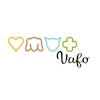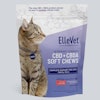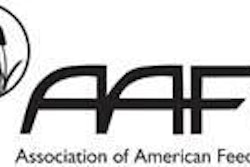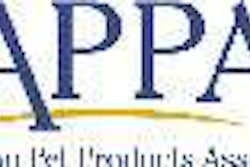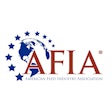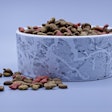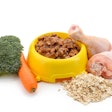I was with the US Food and Drug Administration (FDA) in the early 1990s when the debate regarding the preservative ethoxyquin was at its peak, so I became intimately involved with the issue. The controversy never totally went away, but lately there has been a resurgence of discussion and concern among the pet-owning public, particularly pertaining to the presence of undeclared ethoxyquin in petfood formulations.
The history
Ethoxyquin is an approved food additive that helps prevent rancidity of fats and degradation of fat-soluble vitamins in animal feeds. As a very effective antioxidant preservative, it was used without apparent safety concerns for decades until reports of adverse effects were received from dog owners. FDA could not find a scientific basis to substantiate the purported health consequences (Dzanis, 1991).
Further investigation did find that consumption of a test food containing ethoxyquin at the maximum inclusion rate resulted in hemoglobin-related pigment accumulation in the liver and slightly elevated liver enzymes in lactating bitches (i.e., dogs eating the largest amounts on a body weight basis). Both effects were reversible on removal of the ethoxyquin. No other adverse effects were observed.
In response to these findings, FDA asked the industry to voluntarily reduce the maximum inclusion rate in final dog food formulations from 150 ppm to 75 ppm. However, the codified regulations were never amended to reflect this directive. Despite the lack of a scientific basis or any regulatory action, most petfood companies, in the face of public pressure, removed the ingredient from all dog and cat food formulations.
New concern: fish meal
Some, but not many, petfood labels declare ethoxyquin today, so it is often assumed not to be present in petfoods if undeclared. However, the most recent public concern is in regard to ethoxyquin that may have been incorporated indirectly through a food's ingredients, particularly fish meal.
The high polyunsaturated fatty acid content of fish meal leaves it susceptible to spontaneous combustion if inadequately preserved. In fact, a US Coast Guard regulation [46 CFR 148.04-9] requires the addition of ethoxyquin to all fish meal transported by ship in bulk. Presumably, this regulation does not apply to domestic product not shipped by sea.
There is another document on the Coast Guard's website regarding an international agreement that allows BHT to be used in place of ethoxyquin, as well as an exemption from any requirement for an antioxidant if the product can be documented not to have self-heating properties (see http://www.uscg.mil/imo/msc/docs/msc85-report-add-2.pdf , pp.187-188).
Therefore, not all fish meal on the market necessarily contains ethoxyquin, though likely much of it does. Even when ethoxyquin is not used as a preservative, residual amounts in the product from carryover are still possible.
Not wholly accurate
It has been asserted that when ethoxyquin is added indirectly, the regulations do not require it to be declared on the petfood label. That is not wholly accurate. For a labeling exemption as an "incidental additive" to apply, the level in the final product would have to be low enough to where it no longer had any technical or functional effect [21 CFR 501.100(a)(3)(i)]. Considering that fish meal processors may add 1,000 ppm or more, the residual amount of ethoxyquin in the petfood still could be functional, hence would have to be declared.
Also, FDA regulation 21 CFR 573.380 expressly specifies that any animal feed containing ethoxyquin must declare it, which is unique language compared to the codified requirements for other approved food additives. That statement can be interpreted as superseding any labeling exemption. In fact, if memory serves me, in the 1990s FDA did advise that ethoxyquin must be declared whether added directly or indirectly, irrespective of source or level.
Prudent action
Considering the known significant health consequences of eating rancid fats, I personally would prefer ethoxyquin to be used in my dogs' food than not. However, I doubt most consumers share that viewpoint. To many, even a trace of ethoxyquin is too much. Particularly for those manufacturers that make a point of extolling the "ethoxyquin-free" status of their products, a finding of ethoxyquin at any level in their petfoods would likely be viewed as grossly disingenuous.
Right now, consumer advocates are asking manufacturers about the preservation of fish meal used in their products. It won't be long until some of these groups start collecting samples of petfoods for ethoxyquin analysis of their own. Therefore, it would appear very prudent for manufacturers to routinely test their products in support of any "no ethoxyquin" claims. Any finding above the sensitivity of the test should be investigated. If the fish meal is not the source, other potential sources-oils, other meals, premixes-should be considered.

